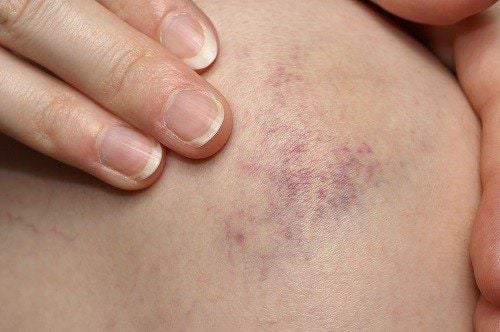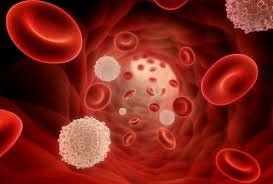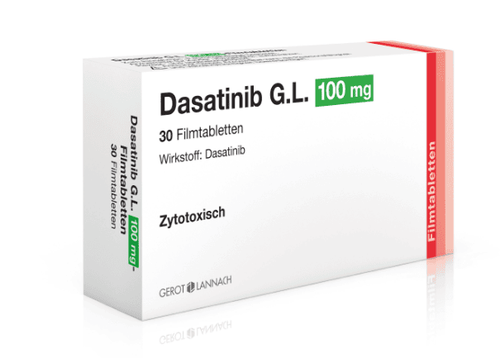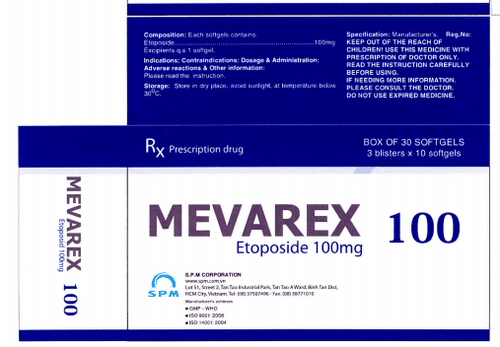This is an automatically translated article.
Cancer is a disease that tends to develop in many countries, in which acute leukemia, also known as blood cancer, is quite common. Acute leukemia is caused by many different causes and prevention is still difficult.1. What is blood cancer?
Leukemia or leukemia is a disease caused by cancerous blood cells in the process of creating cells, these cancer cells multiply very quickly and if left untreated, they will stagnate in the marrow.Blood cancer is not a single disease but includes many diseases, including 2 main types:
Acute myeloid leukemia (AML) ): due to cancerous myeloid cells such as granulocytes, red blood cells, platelets but not lymphocytes Acute lymphocytic leukemia (ALL): caused by cancerous damaged lymphocytes. Pediatric acute leukemia is more common in this line than in the myeloid line.
2. Diagnosis of blood cancer
2.1. Based on Clinical Symptoms In acute leukemia, many symptoms appear not only because of insufficient production of normal types of blood cells in the marrow, but also because cancer cells spread throughout the body. Symptoms due to a decrease in normal blood cells:2.1.1. Vulnerability to infection Fever is a common symptom. This is a symptom associated with a decrease in the number of white blood cells in the peripheral blood. Possible infection in a certain organ: Respiratory, urinary tract... Sometimes no infection is detected. Infection is poorly responsive to antibiotics The function of white blood cells is to protect the body against infection. against foreign pathogens such as bacteria, so the number of white blood cells is reduced, leading to not being able to fight, as a result, blood cancer patients are susceptible to infections.
2.1.2. Anemia symptoms Irreversible anemia with features Rapid and progressive anemia Anemia disproportionate to the extent of bleeding The patient is poorly adapted to anemia due to the acute nature of the disease A Poor response to blood transfusion Clinical features of anemia: Dizziness, palpitations, tachycardia, syncope or transient syncope. Pale skin and mucous membranes This is a symptom that appears related to a decrease in the number of red blood cells. Because the function of red blood cells is to carry oxygen throughout the body, any deficiency of red blood cells results in hypoxia in the target organs of the body, causing symptoms such as rapid breathing or shortness of breath when breathing. movement, dizziness, fatigue and/or paleness.
2.1.3. Risk of bleeding

Xuất huyết dưới da
2.1.4. Infiltrative syndrome The liver and spleen are often enlarged at a small or moderate level (3-4 cm below the costal margin) There are cases that are larger but less common. Enlarged lymph nodes in many locations: neck, inguinal armpit.. Bone pain: due to infiltration into the periosteum Gum hypertrophy Subcutaneous granuloma Enlargement of internal organs and other organs due to invasion of cancer cells into organs such as liver, spleen, lymph nodes. In some cases, these cells can invade the central nervous system, which can manifest as meningeal irritation, causing headaches and vomiting.
2.1.5. Oral and pharyngeal necrosis and ulcer syndrome Poor response to antibiotics
2.1.6. Atypical form Lack of symptoms or unclear symptoms easily missed or misdiagnosed, or rare symptoms due to malignant cell infiltrate causing paralysis of half of the person, arthritis, clitoral testicles, bone tumors, subcutaneous tumors...
2.2 Based on laboratory results Blood cell test- blood test In blood cancer, abnormal cells can be observed. The white blood cell count may increase or decrease, and the platelet count may decrease. In some cases, cancer cells can be observed in the peripheral blood.
Marrow test - bone marrow aspiration Bone marrow aspiration is the removal of a small amount of marrow tissue in the form of a liquid to determine the presence of cancer cells, which is a decisive factor for the diagnosis of acute leukemia .
Serum and Urine Analysis- Biochemistry Test This test analyzes blood and urine components. Uric acid concentration in plasma and urine, LDH concentration will be increased in blood cancer.
Observation of cell morphology- special staining procedure Prepare a blood specimen to observe the morphology of blood cells.
Giemsa solution is often used for staining the specimen.
Specific staining such as Peroxydase, Nonspecific Esterase, and PAS are often used to classify acute leukemia.
Cell classification test - cell surface antigen The antigens on the cell membrane surface are specific for each cell line.
Test for genetic abnormalities - for chromosomal abnormalities Gene and chromosomal abnormalities can be found in malignant white blood cells.
3. Can leukemia be cured?

Bệnh bạch cầu có chữa được không?
In recent years, scientists have made great efforts in the treatment of blood cancer, so the patient's life has been significantly prolonged. There are many different types of treatment regimens, but the mechanism, principle and use of the drug are almost the same.
Acute leukemia with high malignant cells, after treatment, if the number of malignant cells decreases over 99%, it can be considered as a period of complete remission, no clinical symptoms, blood and bone marrow return. normal or near normal; If there is only one cancer cell left, then after 40 times of division, many daughter cells will be generated, so the treatment time must be extended after the disease is completely reversed.
Please dial HOTLINE for more information or register for an appointment HERE. Download MyVinmec app to make appointments faster and to manage your bookings easily.













